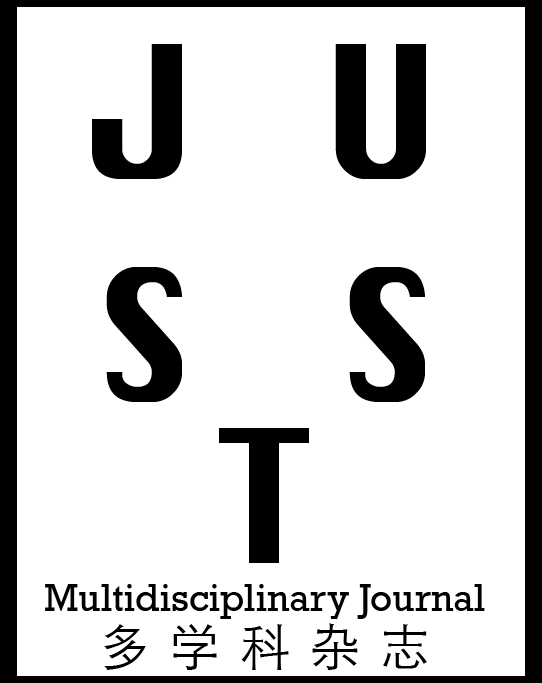Bijoy Mal, Moumita Mridha, Gunjan Biswas *
Mycology & Plant Pathology Laboratory, Department of Botany and Forestry, Vidyasagar University, Midnapore 721102, West Bengal, India.
Krishnendu Acharya
Molecular and Applied Mycology and Plant Pathology Laboratory, Department of Botany, University of Calcutta, 35, Ballygunge Circular Road, Kolkata, 700019, West Bengal, India.
Sudip Mondal
Department of Botany, Chandernagore College, Strand Road, Chandernagore, Hooghly 712136, West Bengal,India.
*Corresponding author
